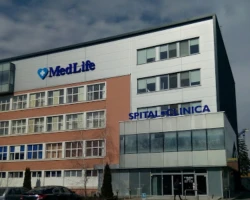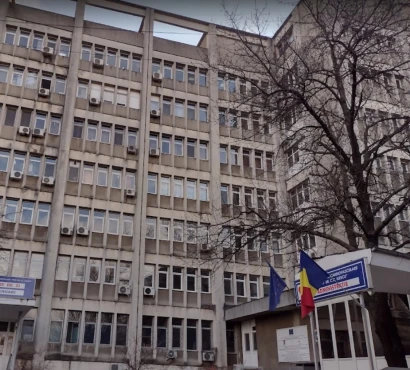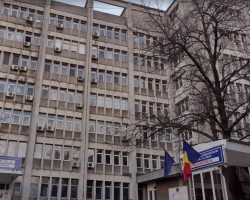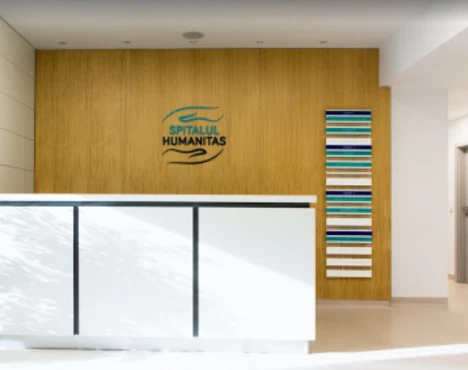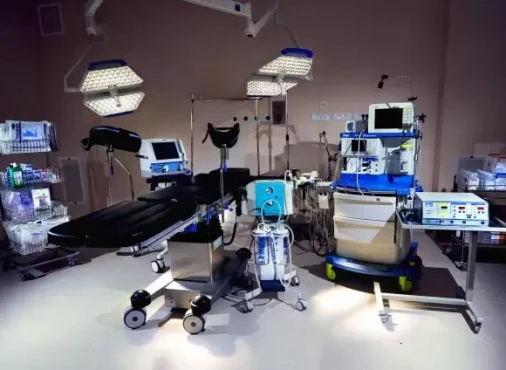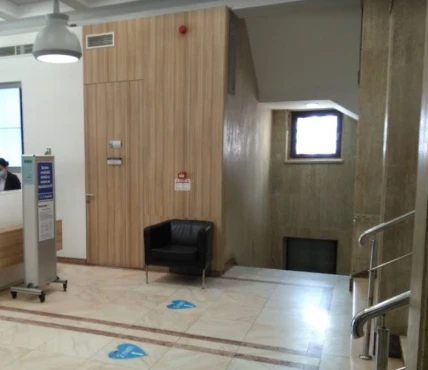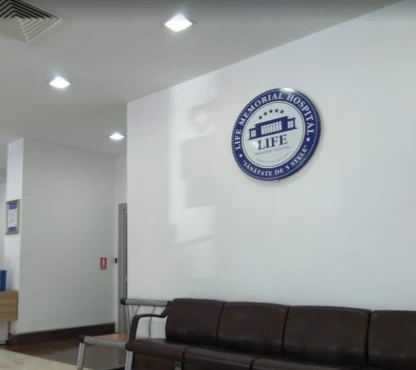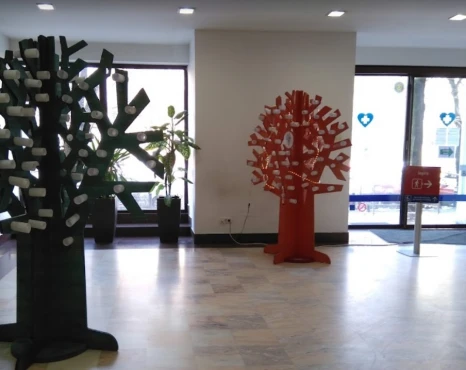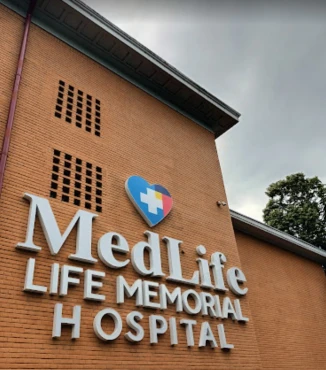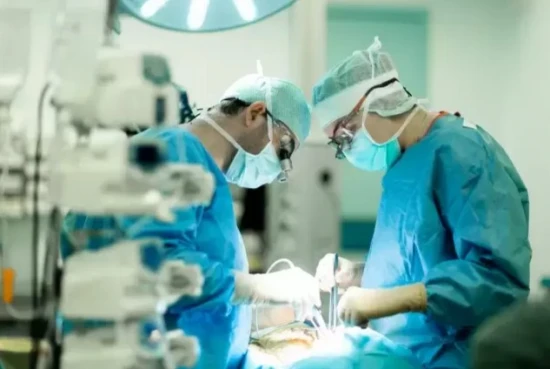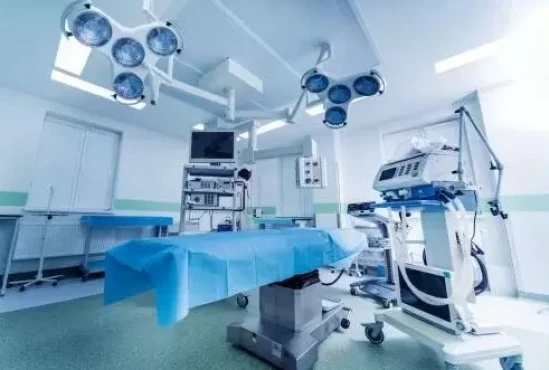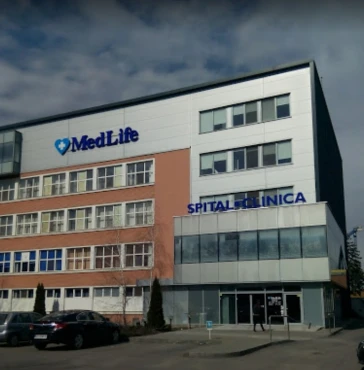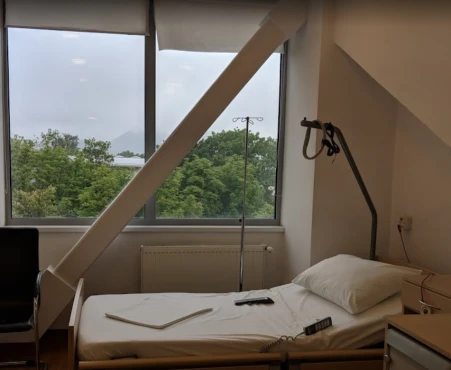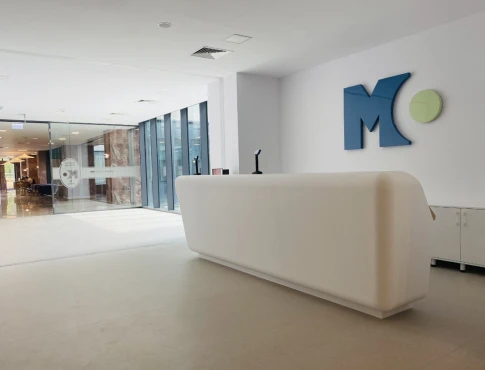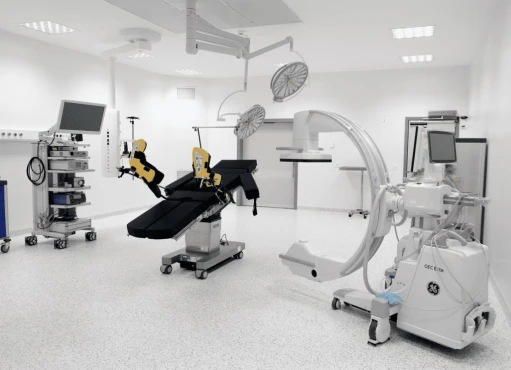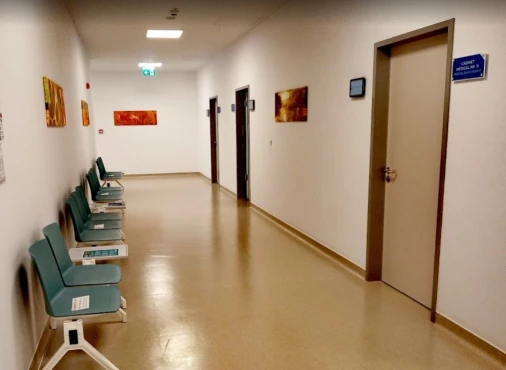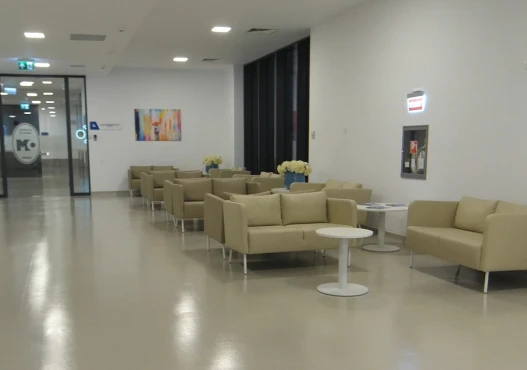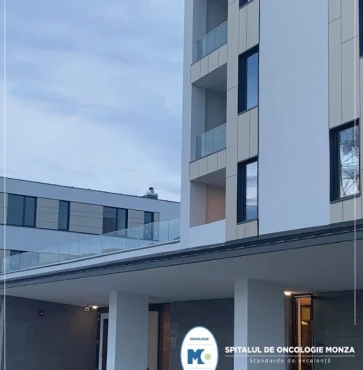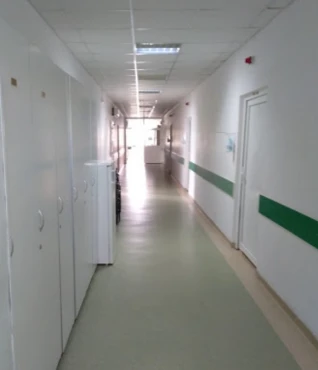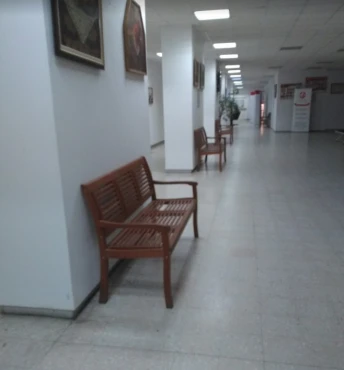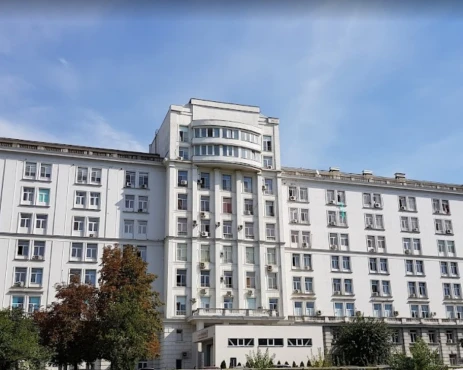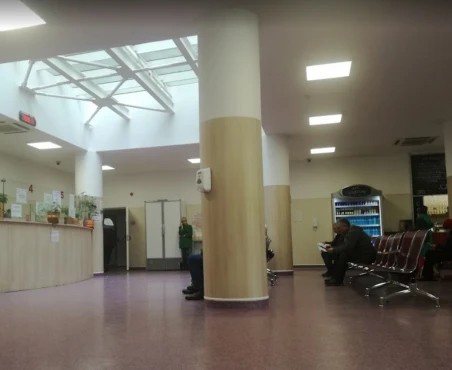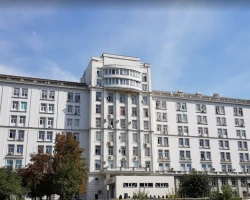from Mihaela Glodean
December 01, 2023
I give one star, because I recently had an extremely unpleasant collateral experience with this PRIVATE hospital, as the mother of a patient, operated by the team of Dr. Dejeu Viorel, whose team I would give 1000 * if I could.
My great dissatisfaction and great indignation come from the fact that the nurses and nursing ladies from this hospital, with whom my child had to deal, had a disastrous behavior, both professionally and in terms of communication.
These female nurses should, according to my experience as a laboratory nurse with over 30 years of experience, be trained and retrained on the collection and communication side, and the nurses should be reminded that they go to work to do their duty, on full.
My child faced a gross lack of professionalism on the part of the nurses, being "punctured" by needles, to collect blood, both pre- and post-operatively, the same thing happened to him when a trivial branula was put on him .
In the ward, when her bra was changed, blood was filled on the pajama, on the bedclothes and even the wall was splashed.
Even worse, the bed was left like that, unchanged until the next day, because the nurses did not bother to change it.
They probably also operated in some room (please forgive my irony), and they couldn't do the job for which they are paid.
I work in a hospital in a small town, a state hospital, without the claims that the Humanitas hospital would have, but something like this would never happen in our hospital and it shouldn't happen anywhere.
I am sorry for this experience, I am outraged by the fact that my child paid 22,000 lei to the hospital and received humane treatment of 2 lei from the nurses.
And yet, I only have words of praise for the work that the doctor did together with the dance team, I thank them and respect their work!
RESPECT doctor Dejeu, doctor anesthetist, doctor nutritionist, psychologist and nurse Babi!
from Anca Nistor
November 15, 2023
I had thyroid surgery on 27.10.2023 by Dr. Răzvan Simescu, a doctor with excellent professional training, very humane and patient. From the very first appointment, it was explained to me in detail what the problem was, what the operation consisted of, what the costs and consequences were. I was hospitalized one night after the operation and everything went very well and easily; all the staff I interacted with were kind and willing to help.
The quality of the medical act was superlative.
Thank you very much for your involvement and results.
from Andra Luana Paven
April 25, 2023
Very unprofessional! I had an appointment at 11 o'clock and more than an hour passed before the doctor Barbos(at least she was nice)received me.I don't think it's acceptable, they don't care about people's time at all. At the reception they treated me with indifference when I asked how much longer, they didn't even know. I'm sorry I didn't leave right away



